Espresso
Espresso, the centerpiece of the Italian coffee tradition, has been beguiling the taste buds of coffee lovers across the globe with its robust and concentrated flavors. From the signature 'crema' that dons its surface to the symphony of subtleties hidden within its pronounced nuances, every element of espresso coffee bears a unique.
In our ultimate guide on espresso, we delve into the heart of this intense coffee variant, exploring its essence, its unique preparation, and all the enthralling facets that defines this "short black."
An Overview of Espresso Culture: More Than Just a Coffee
Unlike the standard coffee, espresso delivers its signature taste and characteristics through highly distinct roasting and brewing techniques. With its cherished in southern European countries like Italy and Spain, where it is fondly referred to as 'caffè' and 'café solo,' the espresso certainly commands a robust following.
The word "Espresso" is a derivative of the Italian verb, 'esprimere,' expressing a sentiment or an opinion. Therefore, an espresso signifies a beverage intentionally crafted for an awaiting customer, typically in a bar. Gone are the days when "Expresso" was a frequently encountered misspelling, with "Espressi" now recognised universally as the correct plural.
What separates espresso from its coffee brethren is essentially the roast. Espresso distinguishes itself through its longer, darker roasting process, despite being derived from the same Arabica and Robusta beans used in regular coffee.
The Art of: Brewing and Presentation
The brewing of an Espresso transcends the confines of a mere culinary process, transforming into an art form that demands meticulous attention. This specialized coffee variant employs a short, high-pressure brewing process, where finely-ground coffee meets water for a short duration, thereby dissolving the necessary components.
One of the most conspicuous aspects of espresso coffee lies in its presentation. A small cup noticeably littler than its regular coffee counterpart, becomes the serving vessel for the espresso, giving testimony to its impactful brew.
Mastering the Perfect Espresso
The journey towards the perfect espresso begins with a 'Caffetiera,' a small espresso cooker designed especially for stove-top brewing. Today, however, the use of full-automatic or semi-automatic machines for brewing espresso is also widely practiced.
The Exquisite Crema of Espresso
Crucial to the perfect espresso is the 'crema,' the golden-brown foam layer that enhances the espresso's taste. This creamy foam isn't just a visual treat; it contributes significantly to the espresso's body, trapping volatile compounds, which adds to the coffee's overall flavor profile.
Gleaning the Ideal Espresso Capacity
A well-made espresso caters to a 25 ml capacity, inclusive of the crema. Even though the thick-walled espresso cups can hold up to 40 ml, tradition and quality dictate the perfect 25 ml measure. Espresso also embraces variations like the 'Espresso doppio,' a popular choice, which doubles up the volume to 50 ml.
The Temperature Sweet Spot for Espresso
Espresso warrants serving at a temperature that is just sippable, with a brewing temperature around 93°C. Maintaining the water just below boiling point is instrumental in avoiding bitterness from the undesirable extraction of bitter substances from the ground coffee.
Espresso: A Digestive Aid
Ever wondered why an espresso is often relished after meals? It's not just an indulgent habit; it's rooted in biology. When consumed post meals, espresso stimulates the production of gastric acid and gall secretion, aiding digestion, especially after a heavy feast.
Espresso Vs. Coffee: A Healthier Choice
Espresso's unique preparation with high quality, less caffeinated Arabica beans, and lesser acidic content renders it healthier than conventional coffee. The longer roasting of espresso beans also ensures a palatable reduction in substances that irritate the, making it relatively milder for gastric consumption.
Espresso Lungo and Ristretto: More Variations to Indulge
'Espresso Lungo,' a version of espresso prepared with twice the usual water amount, offers a diluted but equally enjoyable taste. 'Espresso Ristretto,' on the other hand, is a stronger espresso version made with half water quantity, resulting in concentrated, stronger beverage.
Espresso Troubleshooting: Avoiding Sour or Bitter Tastes
An unpleasantly sour espresso, despite following the correct brewing instructions, may point to water quality issues. A pH value lower than 7 or mineral composition mismatch can adversely affect the flavor. The solution lies in employing a table water filter.
Conversely, bitter espresso typically results from excessively hot water. Monitoring and regulating the brewing temperature is essential to circumvent this pitfall.
In conclusion, espresso is an expedition into a realm of intense flavors, elegant rituals, and precise methods, all intricately intertwined to create this captivating beverage.
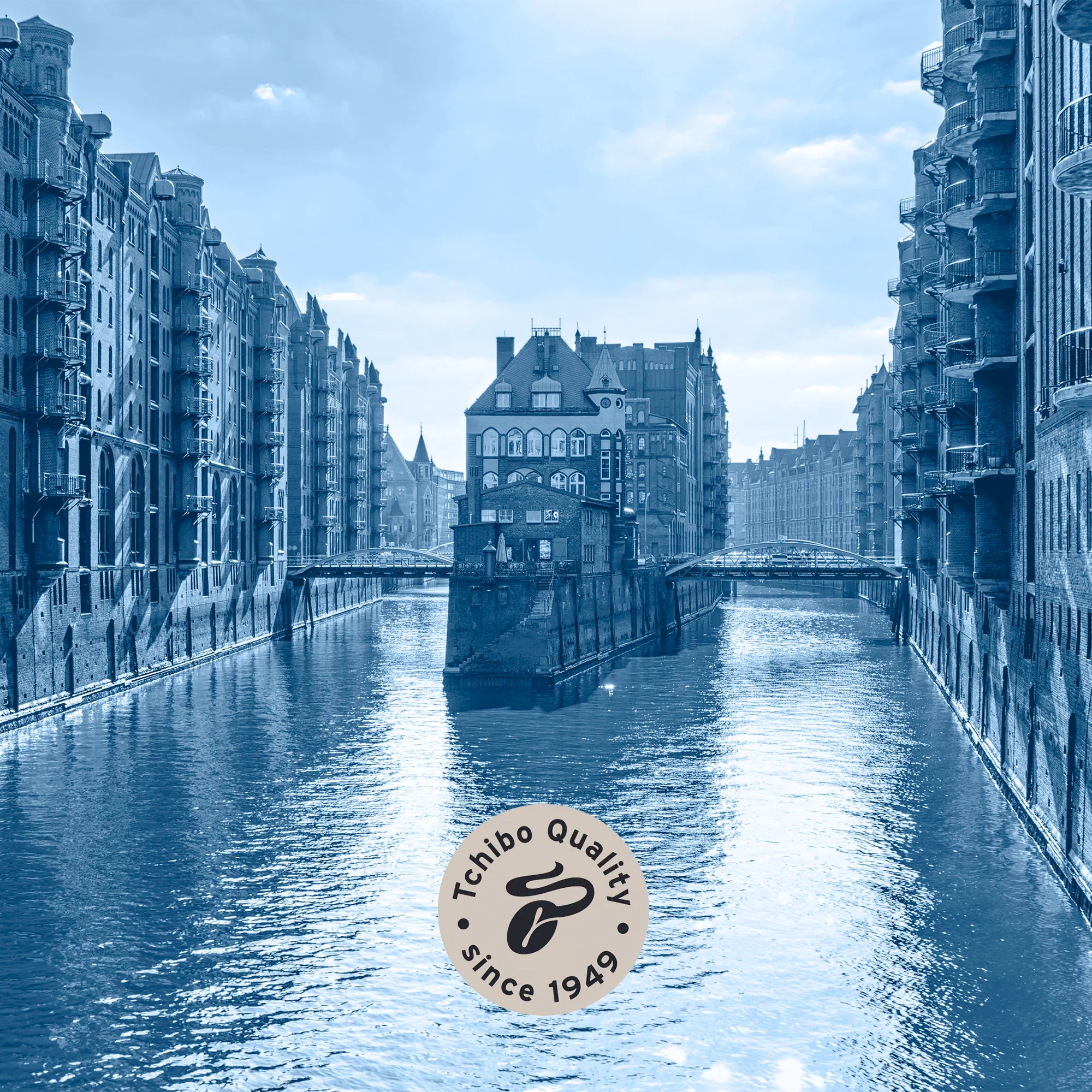
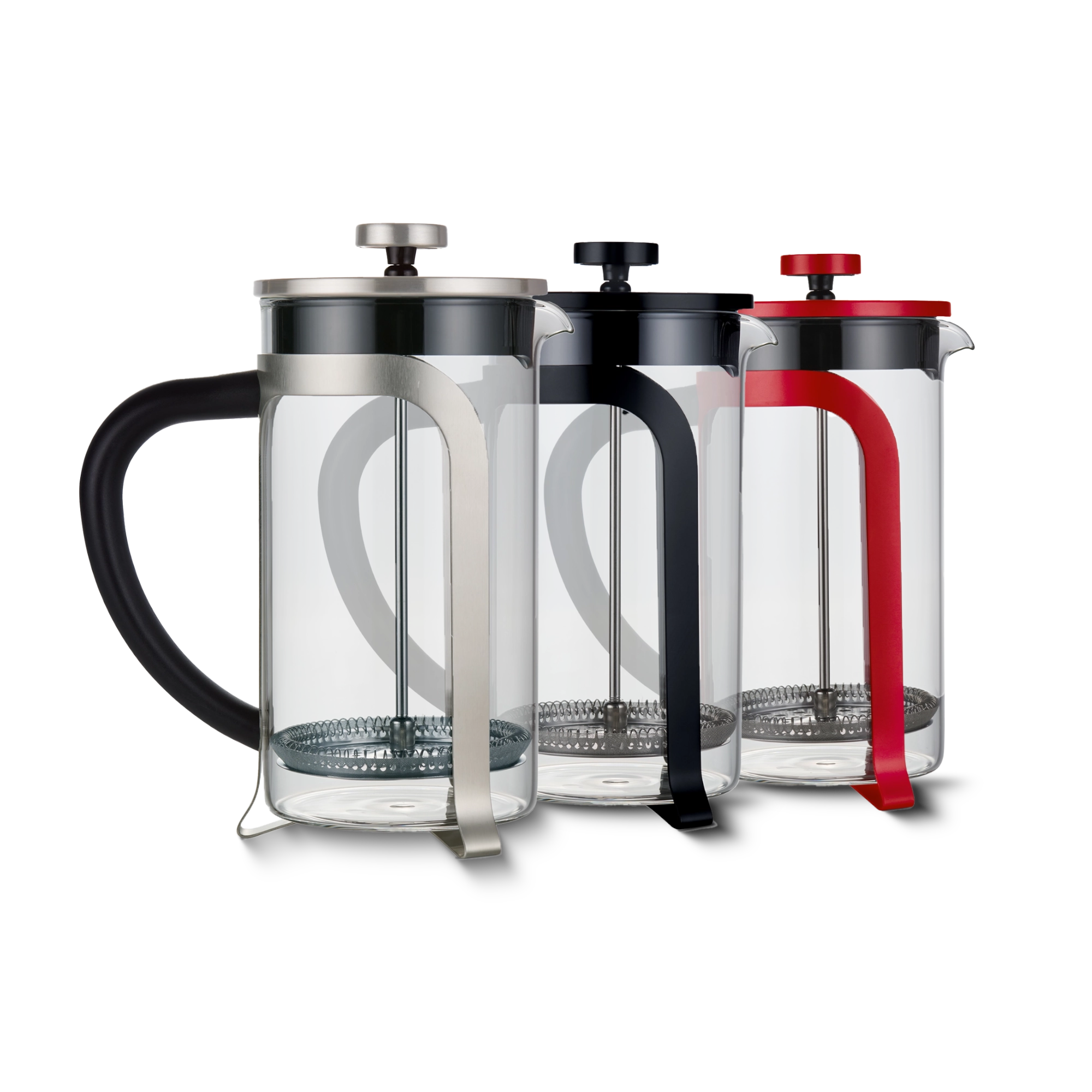
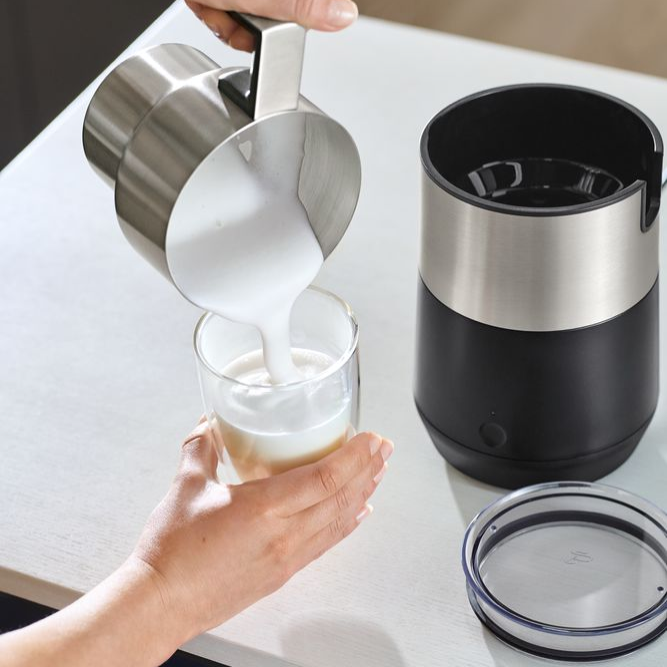
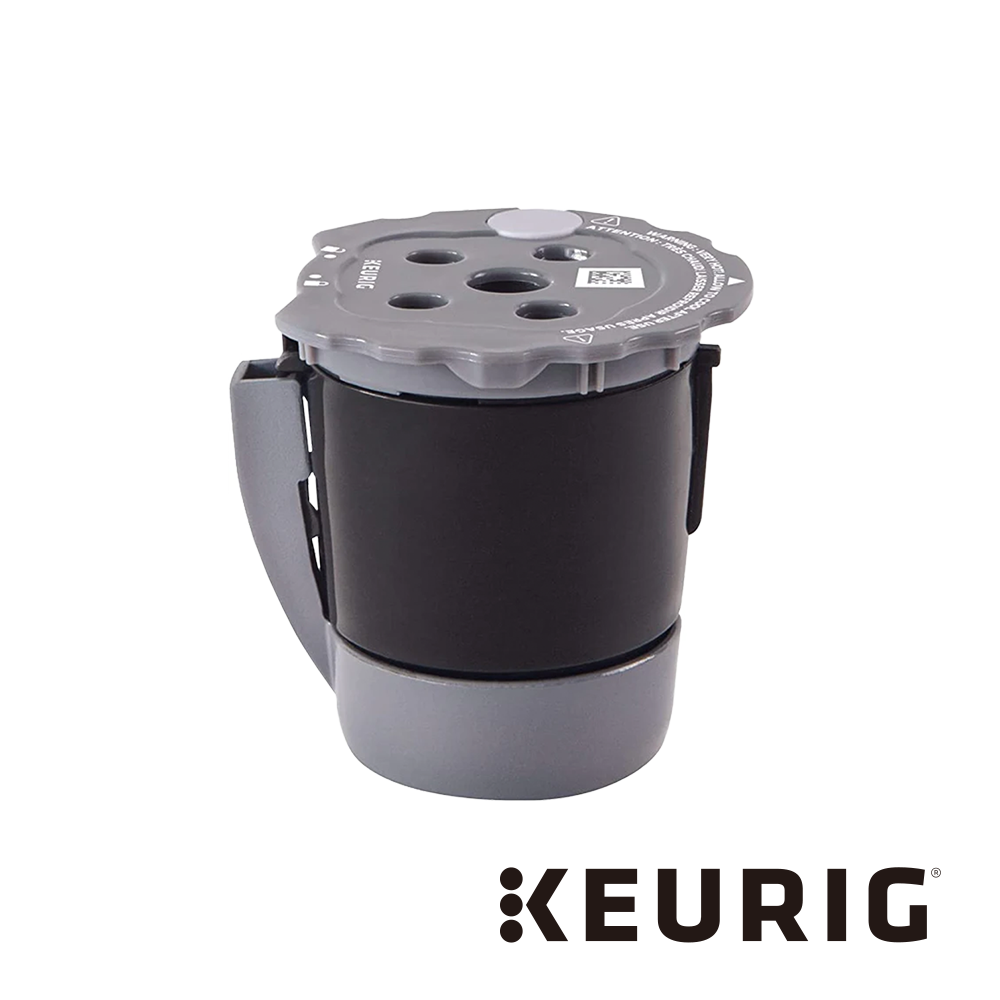
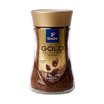
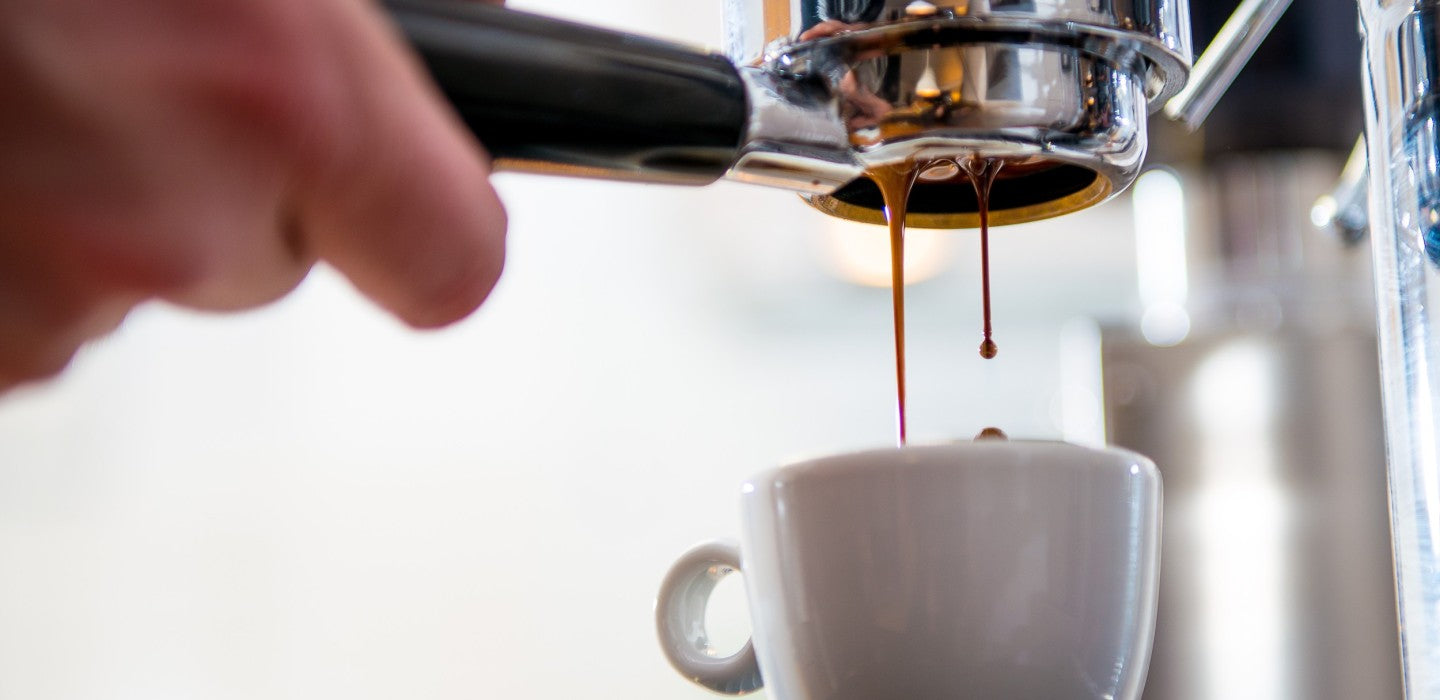
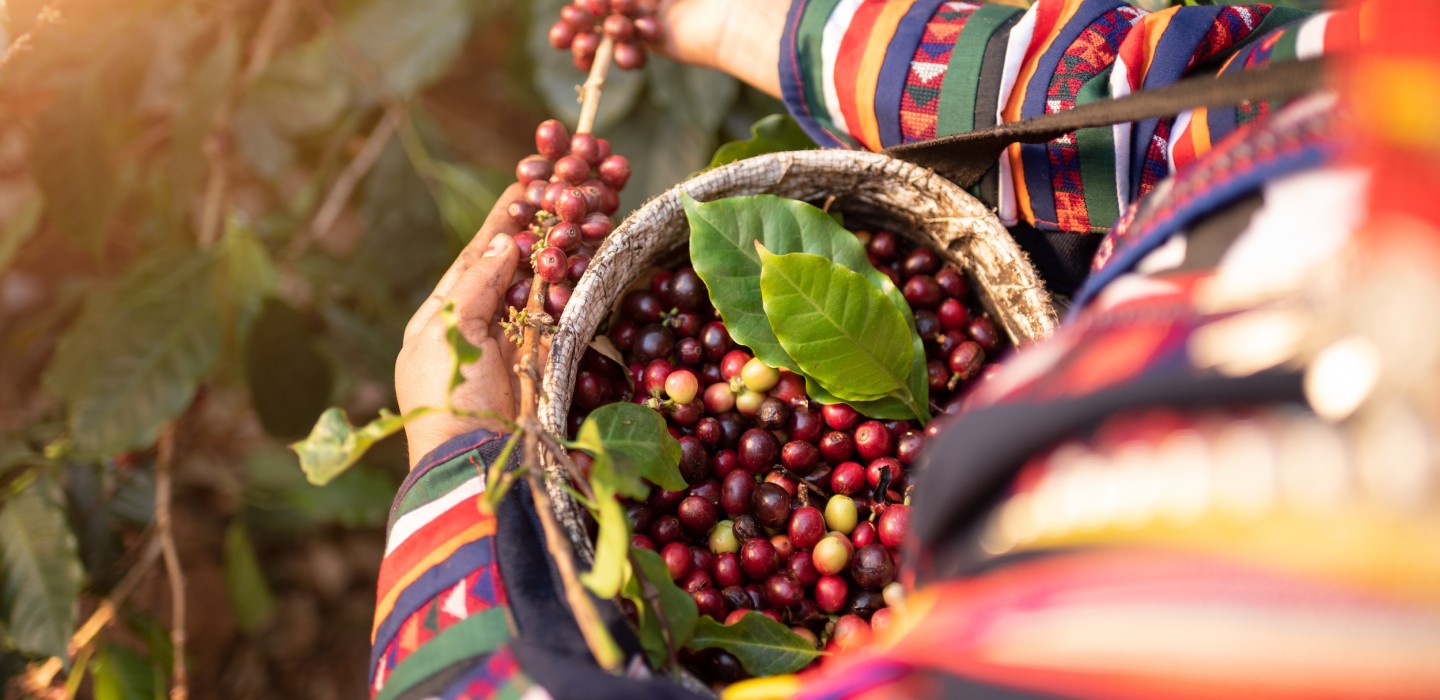
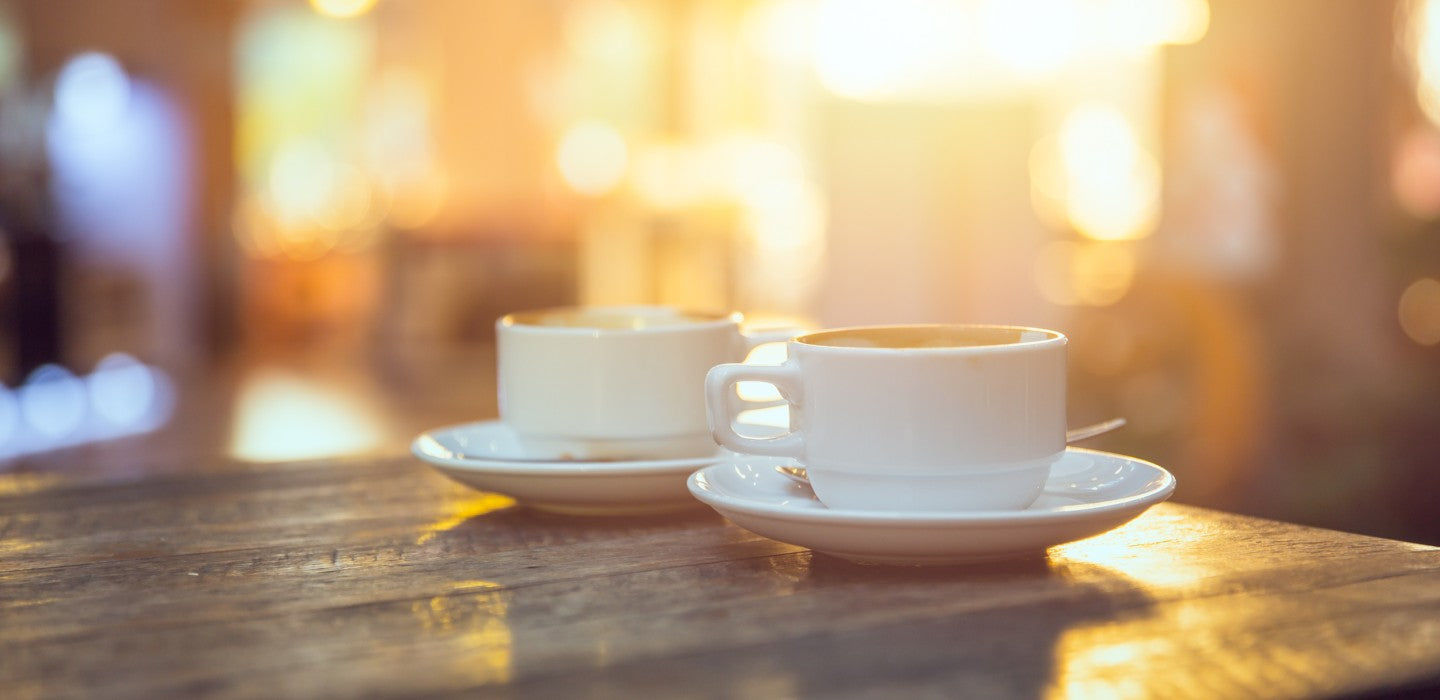
Leave a comment
This site is protected by hCaptcha and the hCaptcha Privacy Policy and Terms of Service apply.